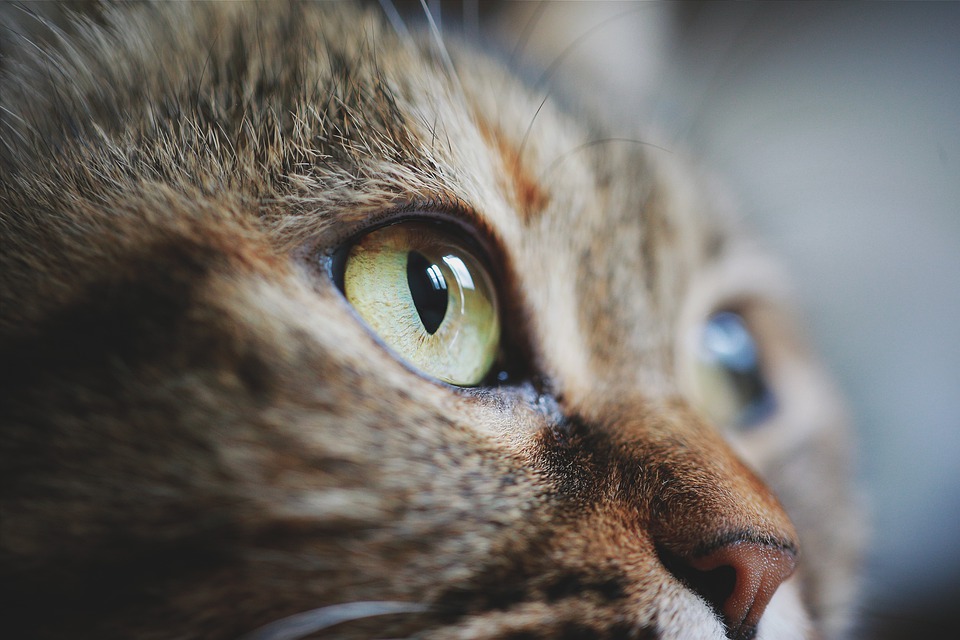Handling Wool-Sucking Behavior in Kittens: Understanding and Solutions
Introduction
Kittens are adorable and curious creatures that often exhibit various behaviors as they explore their surroundings. One behavior that some kittens develop is wool-sucking. This article aims to provide a comprehensive understanding of wool-sucking behavior in kittens and offer solutions to address it effectively. Additionally, it will explore how SEO techniques can aid in resolving wool-sucking behavior.
What is Wool-Sucking Behavior?
Wool-sucking behavior refers to the act of kittens or cats sucking on fabrics, often wool, as a form of comfort or self-soothing. This behavior stems from their natural instinct to nurse and can manifest in kittens as early as a few weeks old. It is important to note that wool-sucking behavior is not limited to wool alone and can extend to other fabrics or even human clothing.
Signs and Symptoms
Identifying wool-sucking behavior in kittens can be relatively easy. They typically display repetitive actions, such as kneading, sucking, or chewing on fabrics. However, it is crucial to differentiate between wool-sucking and other behaviors like pica or general chewing. Wool-sucking is often triggered by specific stimuli, such as stress, boredom, or separation anxiety.
Effects of Wool-Sucking on Kittens
While wool-sucking may seem harmless at first, it can have detrimental effects on kittens if left unaddressed. The constant ingestion of fabric fibers can lead to gastrointestinal issues, including blockages or obstructions. Moreover, wool-sucking can hinder a kitten’s social and cognitive development, as it may interfere with their ability to explore and engage with their environment. Additionally, this behavior can result in damage to household items, leading to financial implications for the owner.
Addressing Wool-Sucking Behavior
To address wool-sucking behavior in kittens, creating a safe and stimulating environment is crucial. Providing appropriate chewing alternatives, such as interactive toys or dental chews, can redirect their attention from fabrics to more suitable items. Positive reinforcement training techniques, such as rewarding desirable behaviors, can also be effective in discouraging wool-sucking. It is advisable to consult with a veterinarian or animal behaviorist for further guidance and evaluation if the behavior persists despite interventions.
FAQs: Frequently Asked Questions
1. Why do kittens exhibit wool-sucking behavior?
Wool-sucking behavior in kittens can be triggered by various factors, including early weaning or separation anxiety. Understanding the potential causes can aid in addressing the behavior effectively.
2. Is wool-sucking behavior harmful to kittens?
Yes, wool-sucking behavior can pose health risks and complications for kittens. Ingesting fabric fibers can lead to gastrointestinal issues and potential obstructions.
3. How can I prevent my kitten from wool-sucking?
Creating a stimulating environment and providing appropriate alternatives can help prevent wool-sucking behavior. Offering interactive toys and dental chews can redirect their attention.
4. Can wool-sucking behavior be a sign of a medical issue?
While wool-sucking behavior is often behavioral, it is essential to rule out any underlying medical conditions. Consulting with a veterinarian can help determine if there are any medical reasons for the behavior.
5. What if my kitten continues wool-sucking despite interventions?
If the wool-sucking behavior persists despite interventions, it is advisable to seek professional advice from a veterinarian or animal behaviorist for further evaluation and guidance.
Conclusion
Addressing wool-sucking behavior in kittens is crucial for their overall well-being. Early intervention and understanding the potential causes can help prevent long-term consequences. Additionally, utilizing SEO techniques can assist in reaching relevant cat owners who may be struggling with this behavior. By promoting a healthy and happy life for kittens, we can ensure their well-being and provide them with the best possible care.








